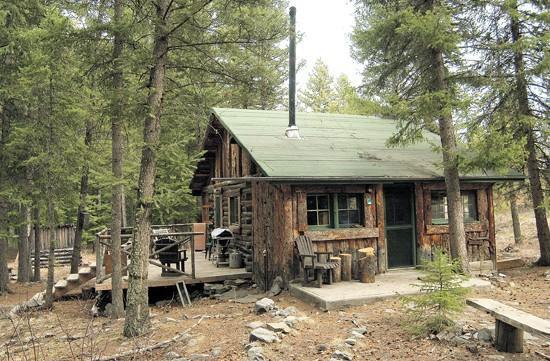“Cadastre” is an early 19th Century word describing a property inventory used to allocate taxes. The word has just found its way into federal law, thanks to an amendment added to the recent 4,155-page “omnibus” appropriations bill. The new section refers to an inventory of federal lands, which are not taxed at all, so technically it may be an inaccurate use of the word cadastre. But either way, the inventory is long overdue.
It is hard to imagine any property owner with no idea how much land he owns or where it is, but that is the U.S. government. Not even an educated guess has ever been produced, though Congress has asked for it, and presidents have ordered it. The Government Accountability Office (GAO) has published several reports, all concluding that the government has no idea how much property it owns, where it is all located, who manages it, what condition it is in, or how it is used.
The government spends billions “managing” its properties. But it must be difficult, nay impossible, to manage property officials don’t know they have, or for which there is no government purpose, such as the land under the old RFK Stadium, or the dozens of D.C. city streets owned by the National Park Service, or thousands of buildings throughout America that are not occupied by any government agency.
At congressional hearings eighteen years ago, the Interior Department testified that it used over 100 different property management systems, and to this day there has been no consolidation. No department could testify to exactly how much property it owned, nor could the General Services Administration (GSA), officially the government’s property manager.

I’ve written about this before, noting that the lack of accurate inventories applies to real property (land and buildings), personal property (vehicles and equipment), and intellectual property (patents and copyrights). In all three cases, the federal government is the nation’s largest property owner, but cannot produce any complete list of what it owns. There is no way for GSA to make intelligent judgments on whether to dispose of surplus properties, or keep them, because it cannot even count them. A GAO study once estimated that there were 77,000 buildings the government no longer needed, but there was no process for identifying them precisely enough to sell them. Congress cannot make decisions about properties it doesn’t know about, which may explain why the bureaucracy has never really wanted to produce any inventory. After all, what self-respecting bureaucrat wants less stuff?
Now, for the first time, there is hope on that horizon. Legislation called the Federal Land Asset Inventory Reform (FLAIR) Act has been introduced every year since 2005, but this time it was tacked onto the Omnibus appropriations bill, the massive spending bill President Biden signed into law at the end of December. It is said that nothing good can come of 4,000-page bills because nobody knows what all is included, but in this case at least one good thing might come of it. It was in the bill’s “Division DD” addressing public land management, in “Title I” of the Interior Department’s annual appropriations, Sec. 103, which was on page 2,856.
The FLAIR Act mandates a current, accurate inventory of federal lands owned by the Interior Department, and by the U.S. Forest Service. For the first time, there is a section of law called “Cadastre of Federal Real Property.” Some say it was “buried” in the bill, but its advocates worked long and hard for years to convince key congressional leaders of its importance. My friend John Palatiello and his colleague J.B. Byrd, both with the federal firm of Miller Wenhold Capitol Strategies, spent years patiently shepherding the measure to this final enactment. It is an achievement of almost indescribable significance considering that the bill, for years unable to overcome the systemic laziness of the congressional process, was in the end approved by unanimous voice votes in both House and Senate committees.
It is exactly the way to begin solving this problem. The measure does not apply to thousands of government buildings and holdings of other types, or to other agencies. But it does apply to the government’s largest land management departments, which together own nearly 620 million acres and will now have to determine – and tell – exactly where it all is.
That may or may not properly be called a cadastre, since the federal government will never pay taxes on its property. But I have a perfect name for it – a really good start.




email subscribe
Comments on this entry are closed.
{ 1 trackback }